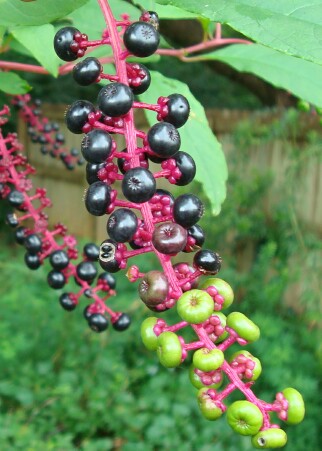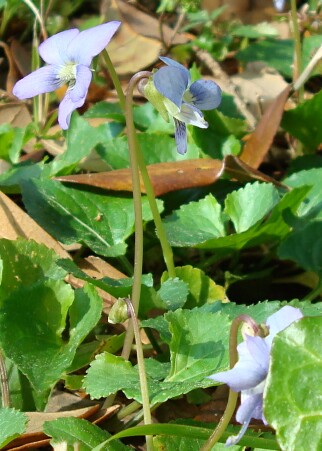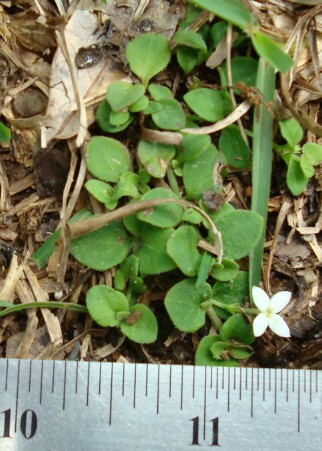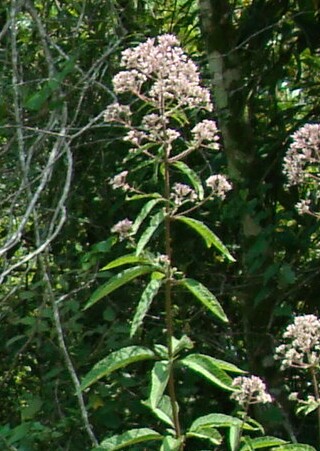When looking at a plant with more than one scientific name,
taxonomists try to maintain order in the system by following a set of rules.
One rule is that the earliest valid name is the name that will be conserved, or kept.
This is a reasonable idea, but sometimes confusing in practice. A scientific name
may have been accepted and appeared in books for decades. Then someone finds
that there was actually and older name which had never been used, perhaps because it
was in an obscure publication. In that case the older and unfamiliar name may be
conserved, and the newer but better known name discarded. Field guides and reference
books suddenly have an obsolete scientific name for the plant.
This hints at another issue. Often it is not at all clear where the line between different
species should be drawn. One scientist may see two distinct species of a plant while another
may see two varieties of the same species. The first is called a "splitter" and the second a "lumper."
And even if a consensus is reached about a particular plant, its status may be reconsidered when
new lines of research (DNA, for example) are available.
|





